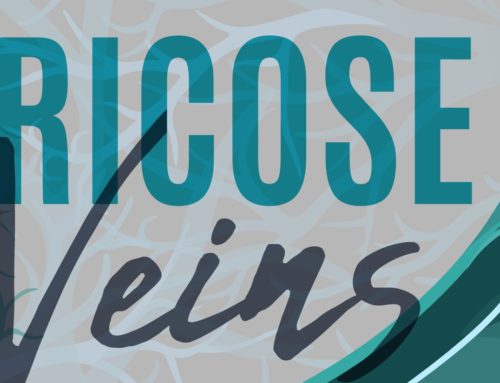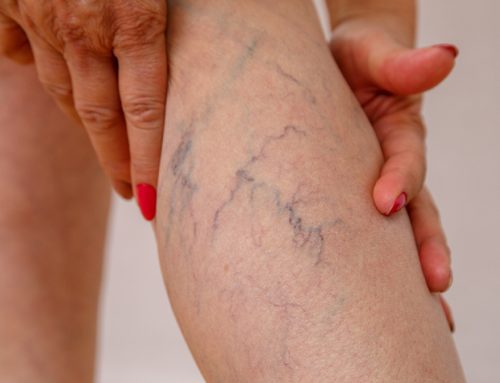Varicose veins are both cosmetic and painful, affecting nearly 40 million people in the United States.
They manifest as enlarged, swollen, and twisted veins that are visible under the skin. “Varicose veins develop due to the weakening of the vein walls and the vein valves,” explains Dr. Nirman Tulsyan, a board certified vascular surgeon in New York City. The weakened vein walls cause the blood to pool, causing the vein to stretch and protrude.
Fortunately, there are several treatments available for varicose veins, including minimally invasive, non-surgical options. These treatments depend on the severity of the condition, and whether the issue is in the saphenous vein or in the veins that branch off from the main vein trunk.
An ultrasound and consultation with a doctor will help you opt for the best varicose vein treatment.
Let’s look at the different varicose vein treatment options:

Sclerotherapy
Sclerotherapy is a minimally invasive method of treating varicose veins that involves inserting sclerosant into troublesome veins. The salt-based fluid damages the walls of the vein, making the tissue porous. This causes the vein to collapse, rerouting the blood to healthier veins.
Studies have shown that injection sclerotherapy can resolve 90% or more of treated vessels, meaning that it emerges as one of the best treatments for varicose veins.
The biggest advantage of sclerotherapy is that it eliminates the physical signs of spider veins and varicose veins with no pain or downtime.
Radiofrequency Ablation
Also known as “thermal ablation,” radiofrequency ablation is a minimally invasive procedure that uses thermal heat to treat varicose veins.
This technique uses radiofrequency energy—directed through a catheter—to damage the veins enough so they are absorbed by the surrounding blood. The doctor numbs the injected site before starting the procedure.
Radiofrequency ablation is typically used on large veins, and is recommended to patients who don’t respond to physical therapy or pain medication. The recovery period for the procedure is usually short. The procedure is also used to treat chronic lower back pain.
Laser ablation
Commonly used to treat chronic venous insufficiency, laser ablation uses laser energy to collapse affected veins. The doctor introduces an anesthetic into the veins through a small incision in order to damage the vein.
The collapsed vein is eventually absorbed by the surrounding blood, eliminating the pain as well as the unsightly bulging veins. Laser ablation is often used to treat deeper and larger varicose veins, significantly reducing the chances of recurring vein diseases.
Other less invasive and new vein disease treatments include VenaSeal, ClariVein and Varithena. It’s important to consult with vascular vein specialists to determine the best course of treatment for your varicose veins.
Consult with Leading Varicose Veins Doctors in New York
Varicose Veins Doctors is a top-ranking vein treatment clinic in Manhattan. It has a team of certified vein physicians that can provide expert diagnoses and customized treatment plans for patients with complicated vein diseases—ranging from chronic venous insufficiency to large varicose veins and spider veins.
They use top-of-the-line treatment methods and technologies to ensure the procedure is quick, with a fast recovery period.
Call 212-906-9111 today to schedule an appointment.



